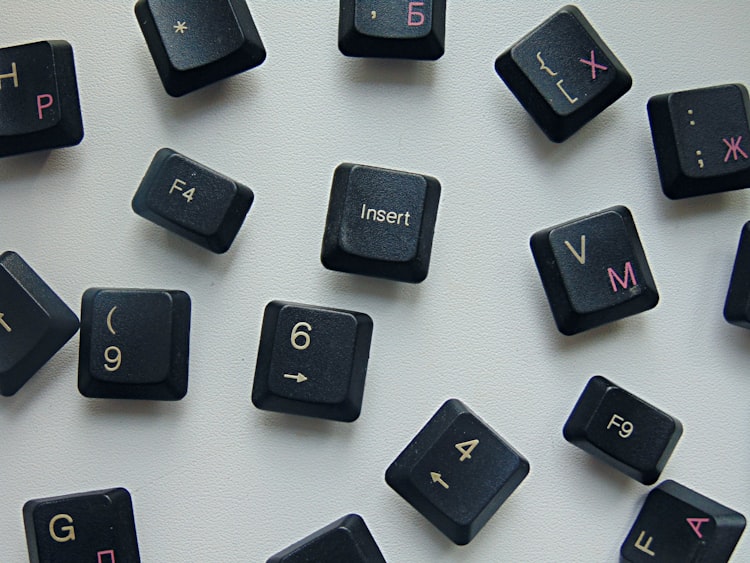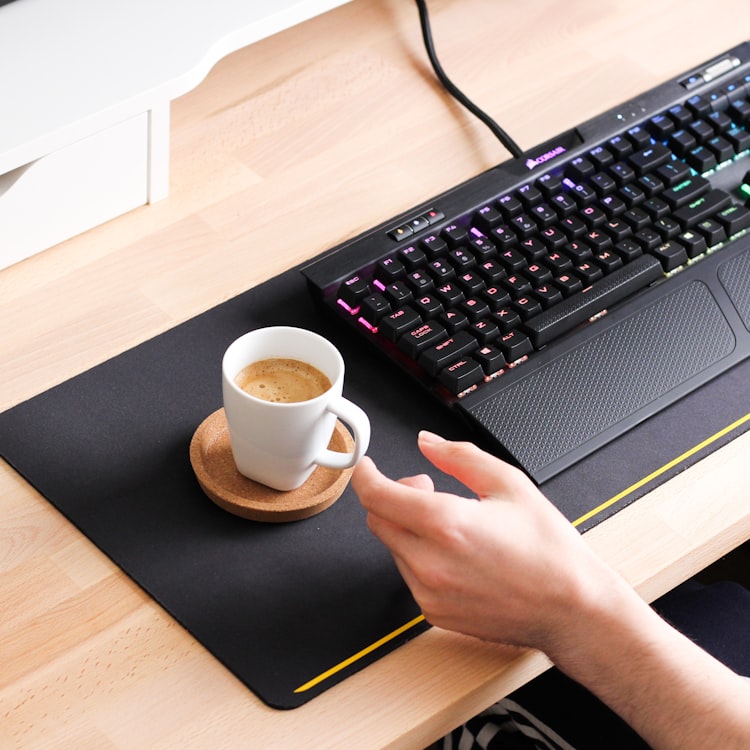Truly Ergonomic Responds
A little while ago I posted my thoughts on the latest generation of Truly Ergonomic keyboards. Overall, I feel very positive about this keyboard company, but there are a few elements that I thought they could improve on, and they responded to my thoughts. Steve over there gave me some feedback and approved my posting them here. So without further ado, here are some of my main issues with the current generation of Truly Ergonomic keyboards and the company's responses:
Topre vs. MX Switches
It's no secret that I really like Topre switches, and I couldn't help but wish for some Topre switch options in the Truly Ergonomic line up. It's very hard to find Topre switches in an Ergonomic form factor that I like. It is not clear to me that using the Topre switches would result in any noticeable speed improvements, and with their upgrade to the Kailh Brown Next Generation switches, they have a force activation of 45g (the same as the Happy Hacking Topre switches) and a rated lifetime of 60 million keystrokes. One of the two biggest reasons for going to Topre is the light feel of the keys and the extremely long lifetime and durability of the design. With the updated keys on the Truly Ergonomic, the reliability and lightness is there. So, one could argue that Topre switches aren't as desirable as they could be.
I still think that the Topre switches would be a great idea, since they have a different, very silky smooth luxurious feel to them that the Brown Kailh switches with the plastics that they use just can't match. Here's TE's response:
We can tell that you are a fan! We approached them years ago when we
were deciding which switches to use, but they didn't want to provide
us a License nor manufacture for us, so we decided on the better
known Cherry switches. Then Cherry provided very low quality
switches with long lead-times, so we then 'switched' to the superior
Kailh switches.
So, there you have it. If TE ever did add a Topre switch to their line-up, I would be psychologically pleased, but in truth, I suspect that I wouldn't see faster typing as a result of it. The Brown switches are the right choice in general, and they are going to be soft and subtle enough for very fast typing, unlike some of the other MX style keys like the linears or the blues. While very fast typists are very fast with the Blues, I've always felt that they required too much effort and were too noisy to type on for long periods of time at high rates of speed. The Browns are closer to my beloved Topres and are, in my experience, some of the fastest keys around.
PBT vs. ABS
The TEK is not a cheap keyboard, and despite all of its otherwise very quality components, the Happy Hacking keyboard and others like it in this price range have better plastics. Namely, they use PBT plastic with dye sublimation as their key marking techniques, while TEK keyboards come with ABS plastic keys and some type of laser etching. In this price range, I think that PBT should be a given on a keyboard. Here's what TE says:
We agree that both PBT keycaps and dye-sublimation are better, but
are even more expensive than what we provide. Our keyboards would
be even more expensive and out of reach to almost everyone. However,
as our switches are MX cross-mounted, anyone who prefers can install
PBT keycaps made for standard MX cross-mounted keycaps and fit them
into our keyboard.
So, there is a solution to this, which is simply to buy the PBT keycaps that I want. That's not an ideal option, but it's better than nothing. I suspect that it is a simple matter of scale. TEK keyboards aren't the fastest selling keyboards on the planet because of their price and their appearance, despite the benefits. People often don't want to invest into something like a keyboard as they think that they don't need it or that it won't actually benefit them enough, despite plenty of evidence to the contrary. So, I can understand having to keep costs a little bit down once you start getting up their in price. My hope is that some day if the TEK becomes more popular, that TE will be able to start providing PBT keycaps at the same or lower price-point than what they are doing now.
Shift Key Location
I was a big fan of the original shift location on the 207 model where the shift key was located on the same horizontal plane as the home row. However, in the 227 model, they have returned the shift key to the more conventional location. I have documented how switching the control and shift keys back into a more ergonomic position has improved my overall typing speeds. [Note: I'm currently trying to achieve 155+ WPM with this new configuration, to exceed my previous record of 152 WPM.] TE agrees with me ergonomically, but here's their justification for moving their keys back into more conventional locations:
These in the original location on model 207 are actually a better
choice and more ergonomic, but changing users' muscle memory - as
well as transference from one keyboard to another - for the
majority of users was hard to overcome, so for this model we
decided to revert to the more traditional location.
Fortunately, it's an easy firmware adjustment to get you back into the better shift and control locations. If you want to eek out the best that you can with this keyboard, then moving them back into the more ergonomic positions is the way to go.
Conclusion
Overall, there are very few things that I could complain about when it comes to the TEK keyboards, and there are some very good reasons that they are the way that they are. I think the above responses from TE provide some insights into the design and engineering compromises that go into creating a keyboard. There is room for improvement with the TEK, but what they have now is still one of the fastest and most efficient keyboards around.

